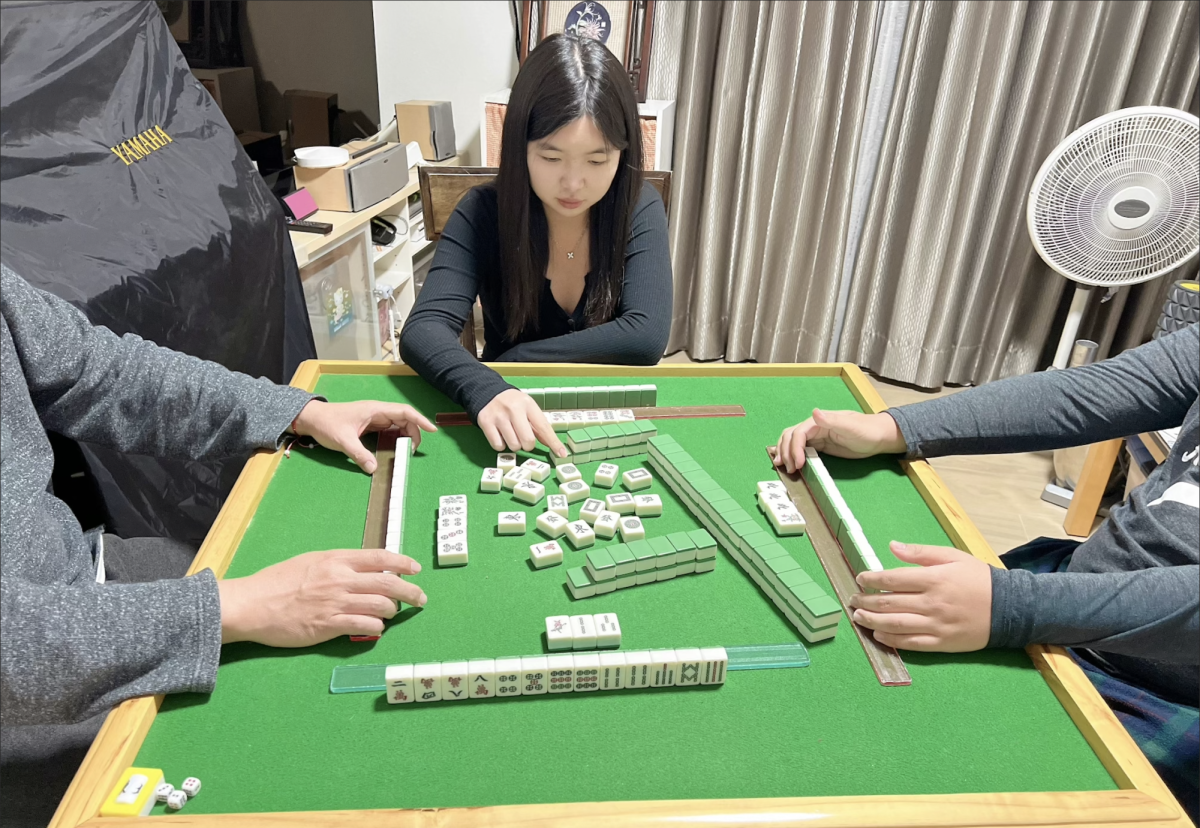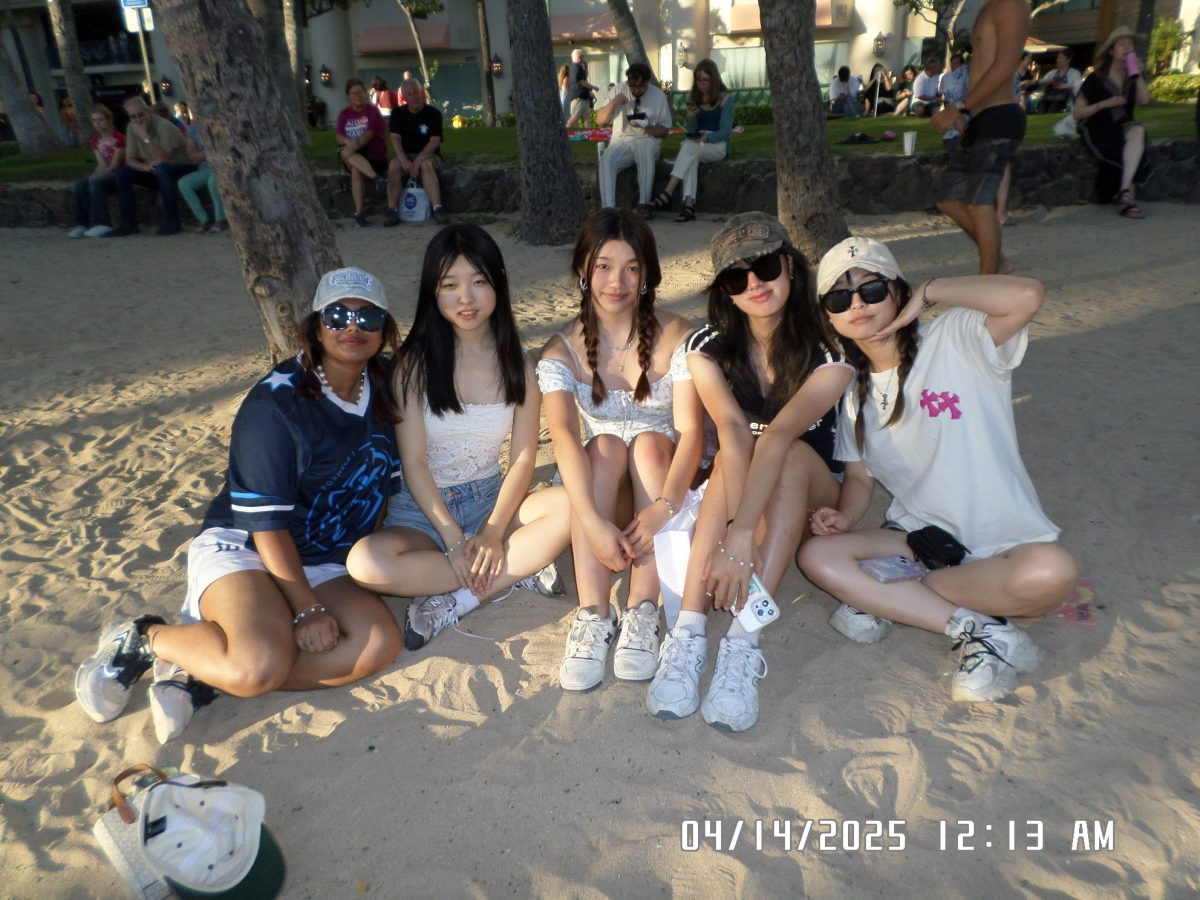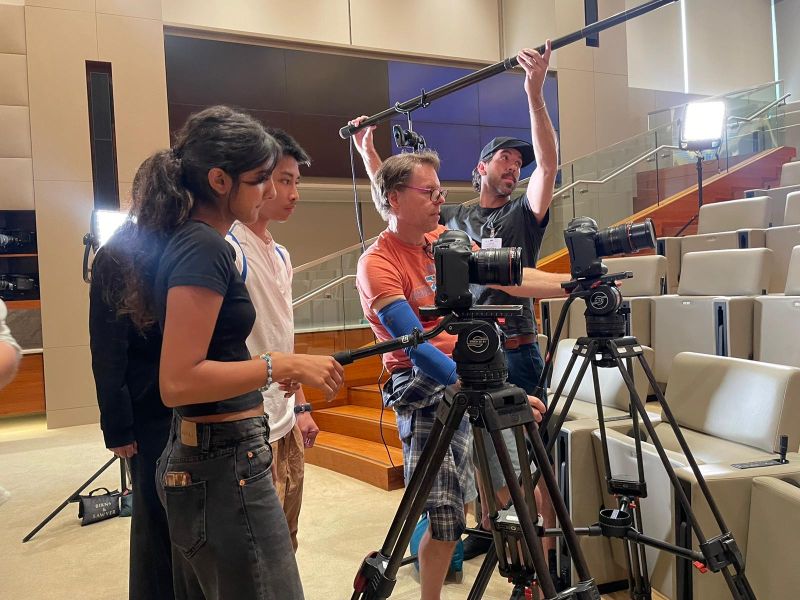When Spanish teacher Maria Autran reflects on her childhood, she looks back to elementary school, remembering the sounds of laughter and the shuffling of La Lotería cards as they were passed out in the extra time before class ended. She recalls the excitement and competitiveness of her classmates as they reached into the bucket of beans to place on their board each time their card was called.
La Lotería is a traditional Mexican game that blends elements of bingo with colorful and lively pictures. Originating in Italy, the game traveled to Spain and finally reached Mexico in 1769. While it was initially played exclusively by the higher social classes, the broader Mexican community eventually incorporated it into the culture.
Similar to American Bingo, in La Lotería, a colorful image is selected from a deck of 54 cards. An unlimited number of players each have a different version of a board, which has 16 images organized in a 4×4 grid, and the announcer gives a short problem or phrase that refers to the image. To win, one person has to get all 16 of their images on the board, also known as a “blackout” in American Bingo.
However, when Autran plays with her students, she has them announce a short phrase when they call the card or be the announcer for the class, tailoring the difficulty to the level of Spanish she is teaching. She only plays with her class once or twice a year, typically bringing out her Lotería board when she hosts class parties for holidays like Cinco de Mayo.
“It comes in handy for a celebration,” Autran said. “No matter where I’ve taught it, this game is liked by children or adults. Any class I have taught, and at any level I’ve taught, I always bring out my Lotería for fun.”
While Autran plays Lotería to spread Spanish culture, for sophomore Darren Hsu, his travels were the segue into cultural games. After visiting Japan in 2018 and 2020, his interest in Japanese culture and philosophy peaked. When he decided to research the culture on his own, he discovered Shogi, a variant of chess. Unlike other forms of chess which differentiate sides by color, Shogi uses the orientation of the pieces. In addition, Shogi has rules where players can even redeploy their opponent’s pieces to their side.

As an avid self-taught chess player for the past 11 years, Hsu was immediately drawn to Shogi’s similar strategy-based game mechanics.
“The pieces are very versatile because for instance, like in chess, the pieces have a unique set of movements which make them suited to specific goals, but you can do the same thing with many different pieces in Shogi,” Hsu said. “For me, Shogi is a bridge between my interest in Japanese culture and my enjoyment of strategy and mental thinking.”
While Hsu plays Shogi for fun, senior Catherine Chen enjoys playing mahjong competitively with her family. Mahjong originated in Southern China, around the mid-1800’s. The word ‘“mahjong” means sparrow, referring to the clicking sound made when players reshuffle the tiles. It is a four-player game, consisting of 144 tiles and two dice. The game is similar to poker – get a good hand and you can win the game. To win, a player must get four sets, 3-4 identical tiles or a three consecutive tiles, and one pair, which is two of the same tiles. She says her parents taught her to play because they considered it a basic life skill — most of her family in Taiwan plays mahjong, so the game connected her with her Taiwanese heritage. Although Chen’s favorite part of the game is winning — citing a memory where she once won $20 playing against her parents and brother — she also values the time spent with family.
“For mahjong, people sit together for an hour or even more,” Chen said. “So it’s kind of like you have to have some kind of conversation. People can socialize with each other and connect when we are playing.”
Autran also appreciates the time spent bonding over playing these games, though she mainly plays Lotería with her students or her theater group rather than her family. She recalls a time when her theater troupe played Lotería backstage, pausing momentarily to run onto the stage to perform. Her passion for theater and culture even inspired her idea for a new Lotería-themed play, emphasizing Lotería’s influence outside of the game. Although they didn’t perform the play, she explains how she often sees people post pictures of families playing Lotería for celebrations or parties.
“Sometimes, for Halloween, you would see people dress like a character from the game,” Autran said. “I’ve seen the ‘La Dama’ Lotería card and they have created a costume. Again, that’s very popular, it’s part of the culture, and it’s a common thing to play during birthday parties or things like that.”
Hsu adds that cultural games have become more widespread because people can casually play and connect with people of their culture. Hsu often plays Shogi for fun during lunch or brunch, describing a light-hearted dynamic where he and his friend take turns moving pieces and going back to the conversation. Similarly, Autran appreciates the fun culture that has grown around playing Lotería and hopes to pass on its culture and memories to her students.
“Everybody in Mexico knows what Lotería is and it matters to me, culturally speaking,” Autran said. “That’s why I want to teach this to the kids, and why I want them to enjoy the game like I did. I think it’s a fun game and everybody should have a set in their classrooms. We should play it more often because it’s one way for students to relax and learn about the culture.”













